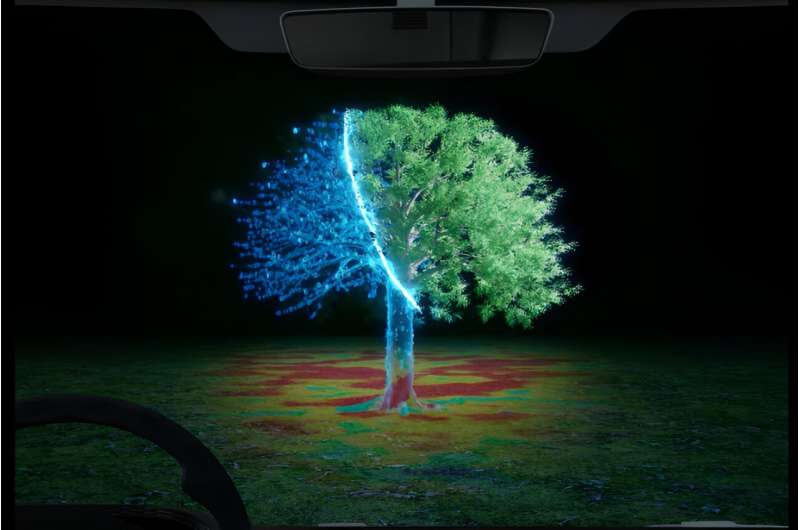Phys.org August 1, 2023
Traditional active sensors like LiDAR have drawbacks that increase as they are scaled up, including signal interference and risks to people’s eye safety. A team of researchers in the US (Purdue University, Michigan State University) proposed and experimentally demonstrated heat-assisted detection and ranging (HADAR) overcoming the open challenge of ghosting and benchmark it against AI-enhanced thermal sensing. HADAR not only sees texture and depth through the darkness as if it were day but also perceives decluttered physical attributes beyond RGB or thermal vision, paving the way to fully passive and physics-aware machine perception. They developed HADAR estimation theory and addressed its photonic shot-noise limits depicting information-theoretic bounds to HADAR-based AI performance. HADAR ranging at night beat thermal ranging and showed an accuracy comparable with RGB stereovision in daylight. According to the researchers the HADAR thermography reaches the Cramér–Rao bound on temperature accuracy… read more. TECHNICAL ARTICLE

HADAR, or heat-assisted detection and ranging, combines thermal physics, infrared imaging, and machine learning to pave the way to fully passive and physics-aware machine perception… Credit: Purdue University